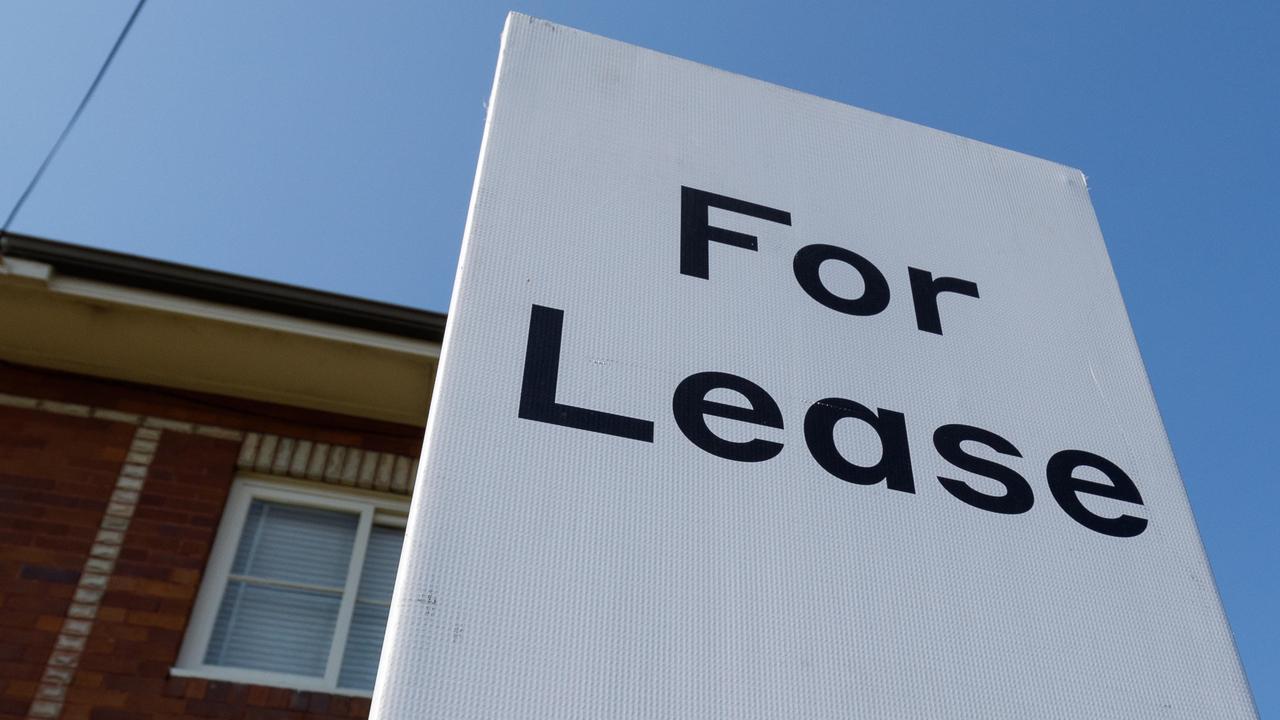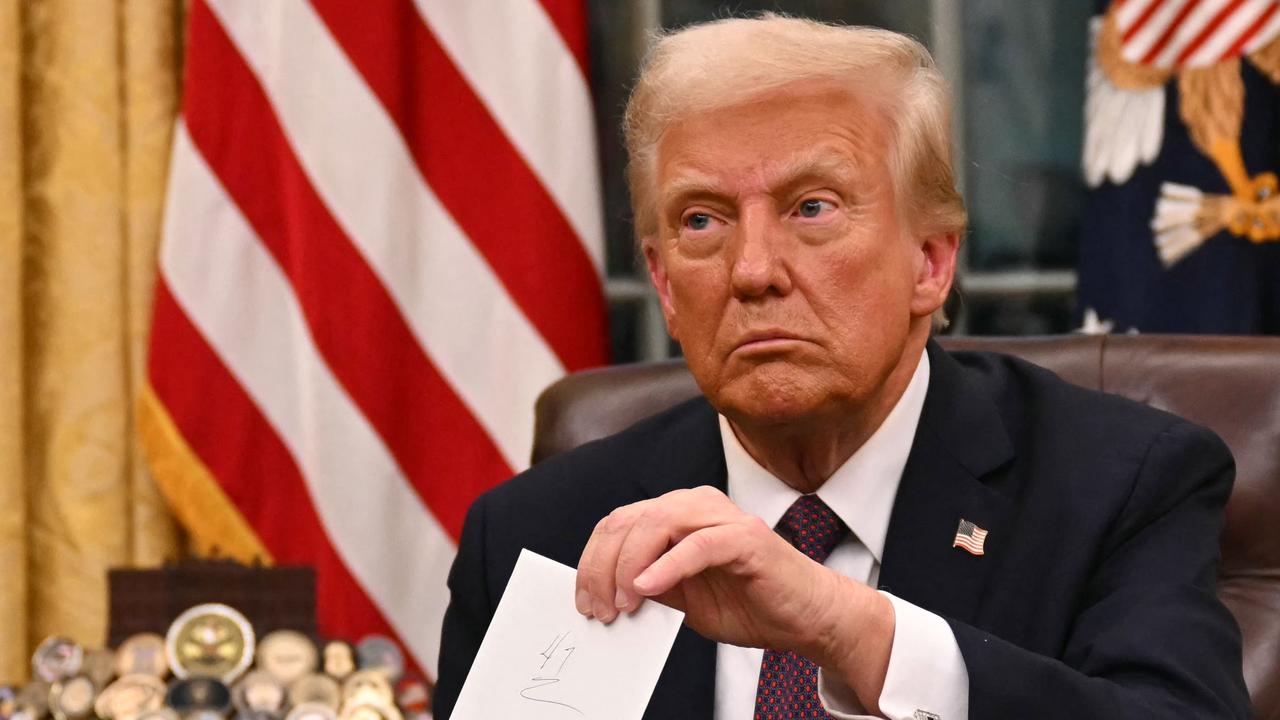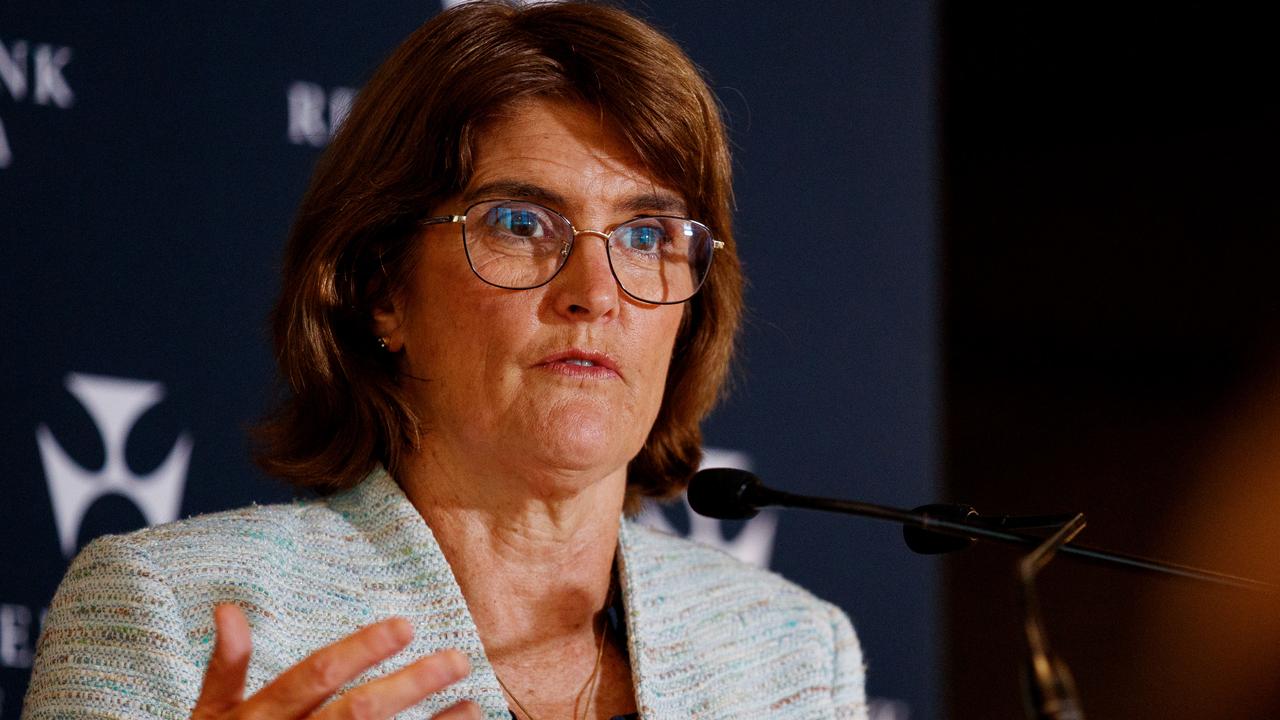OK, let’s cut through the crap and bring a few facts to the China Free Trade Agreement debate
THE sniping is getting really nasty over the China FTA. This is who you should believe, and why you should care.
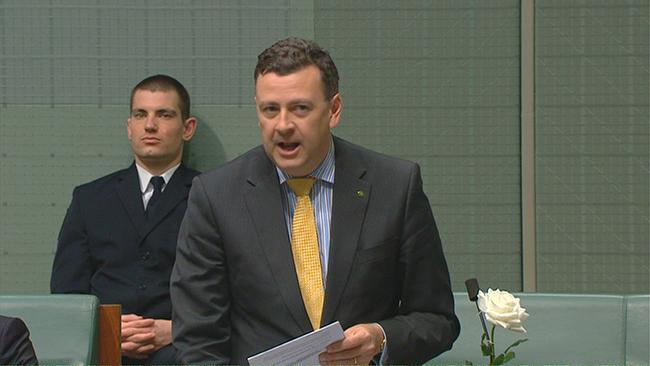
AUSTRALIA, all is not what it seems.
This is a story about biggest economic achievement of the Liberal government since it came power in 2013, at least it is, according to the Liberal government.
More importantly, this is a story about why it matters to all of us.
And we’re going to break this thing down into 20 easily digestible points and sort the wheat from the ChAFTA (China Free Trade Agreement), so to speak.
NO DOZING OFF!!!
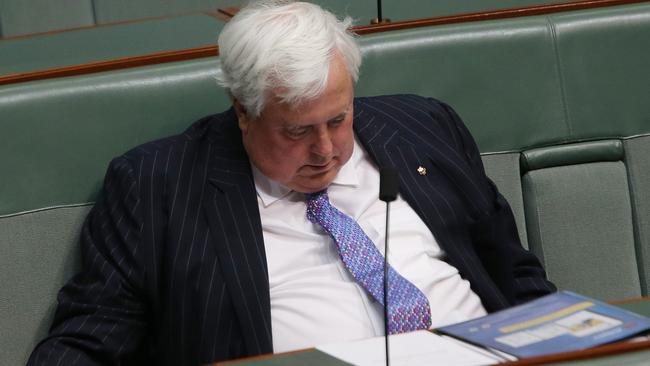
Let’s start at the absolute beginning.
1. A free trade agreement (FTA) is an agreement that removes trade barriers between countries. The most common type of barrier is a tariff, which is a tax on imported goods. Tariffs encourage people to consume local goods and services rather than imported ones, whose prices become artificially inflated due to tariffs.
2. But sometimes, it suits two or more countries to do away with tariffs and other barriers to free trade. That’s when FTAs are negotiated.
3. Australia currently is signatory to nine operational FTAs. You can see the list here. We have also signed a tenth, the China Australia Free Trade Agreement, with finer points being debated in parliament this week. It’s controversial in some ways, which we’ll get to in a moment.
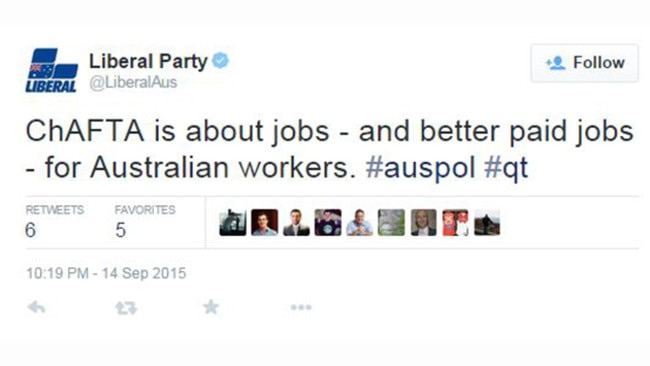
4. When Tony Abbott made his final speech as PM on Tuesday, he opened with a few commendably humble remarks, then said the following:
“I’m proud of what we’ve achieved over the past two years. 300,000 more people are in jobs ... and we’ve signed Free Trade Agreements with our largest trading partners, with Japan, with Korea and with China.”
Jobs and FTAs. Those are the big economic achievements our 28th Prime Minister pins his legacy on.
Now, it just so happens that unemployment was running at 5.8 per cent when the Liberals came to power and that is now at 6.2 per cent, so the jobs boast smells like a case of creative accountancy. But the FTAs? Yep, Mr Abbott was absolutely right to claim them as an achievement.
5. Having said that, it’s worth noting the ChAFTA was first mooted by John Howard in 2005, while the Korea and Japan agreements were first floated by Kevin Rudd in 2007. But, yep, Tony Abbott’s government got them over the line.
6. So why do FTAs matter? Are they the economic equivalent of sunshine, lollipops, rainbows and unicorns that the government claims?

7. In its slick promotional video, the government says:
“This powerful trifecta of agreements opens up unprecedented trade and investment opportunities just waiting for Australian companies to seize them ... The agreements protect and strengthen our ability to compete against other countries, helping Australian businesses reach new heights.
“Australian companies now enjoy enhanced competitive advantages in sectors where in our goods and expertise are in demand. The agreements encourage two way investment and will attract vital new capital into Australia.”
8. By now you get the idea. FTAs, in principle, are good for business. And when you’re talking about three countries that together, accounting for 61 per cent of Australia’s total exports, that’s got to be good, right?
Right.
9. Well, mostly right. One man who sees both the good and the bad is Dr Jeffrey Wilson, a Fellow of the Asia Research Centre and Senior Lecturer in International Political Economy in the School of Management and Governance at Murdoch University. (We need a glass of water after writing all that.)
As Dr Wilson told us overnight in an email message we hope he doesn’t mind us repeating: “I have recently made a minor career out of explaining free trade agreements to media audiences that normally don’t know or care about them”, he said.
We love you already, Dr Wilson. So tell us, what’s the deal here?
10. “Basically, the main reason we want these agreements is for agriculture,” Dr Wilson explains. “We export lots of food, Asia has a growing middle class and we can feed them. The second thing we wanted were services. So if a lawyer or an architect want to open an office in China, now they can and their legal certificates and so on will be recognised.
“So we’ll export more agricultural products, more services and we’re basically giving up on manufacturing. That what this is about.”
HALFTIME. HAVE A DUMPLING ON US.
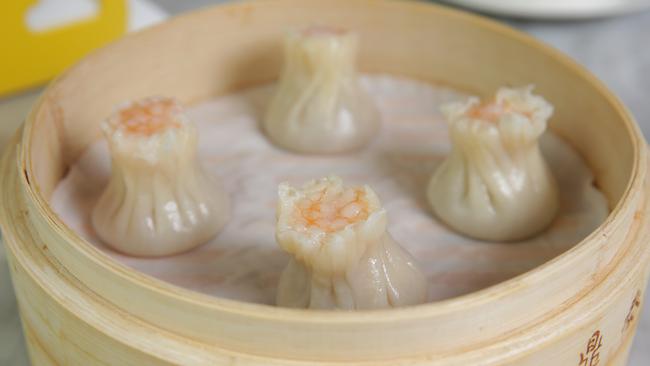
11. So that’s the positive side of the equation. What about the negatives? Well, as Dr Wilson wrote recently, certain ChAFTA commitments in the transport, construction, telecommunication and legal sectors will only apply in the “Shanghai Free Trade Zone”, not the entirety of China.
Other industries like education and hospitals are hindered by the fine print. A free trade agreement is not always 100 per cent free.
Even agriculture is far from a win across the board. The National Farmers Federation is extremely excited and can’t wait to see ChAFTA rushed through parliament this week, yet some farmers will be no better off. That’s because China can’t get enough Aussie beef and dairy, but is reluctant to remove tariffs on commodities like rice and sugar.
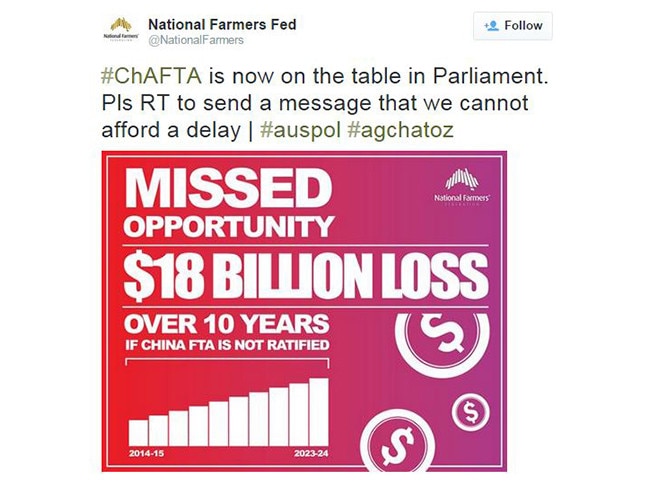
12. Paul Schembri is a cane farmer who is Chairman of Canegrowers Queensland. As Mr Schembri tells news.com.au, the Korea FTA was great for Australian sugar cane growers. We sell half a million of tonnes of sugar a year to Korea (our total harvest is around 4 million tonnes).
Sadly, sugar growers have been effectively excluded from ChAFTA.
“It’s disappointing given that it’s a huge market. We only wanted to fill in the gap between their domestic production and consumption, but we didn’t gain much traction except for a framework for further reviews”.
China already imports a small amount of Aussie sugar, but will take no more. It wants to protect its own sugar industry for both economic and cultural reasons. Again, it shows that free trade is not always so free.
13. But the really big ChAFTA clash this week is over jobs. Trade and Investment Minister Andrew Robb has repeatedly claimed the government’s own modelling says that 178,000 jobs will be created by 2035 thanks to the ChAFTA. It’s not clear what this figure is based on.
14. Unions, meanwhile, are portraying the ChAFTA as a huge threat to jobs. This is but one example of the sort of rhetoric they’re feeding out via social media and other channels this week.
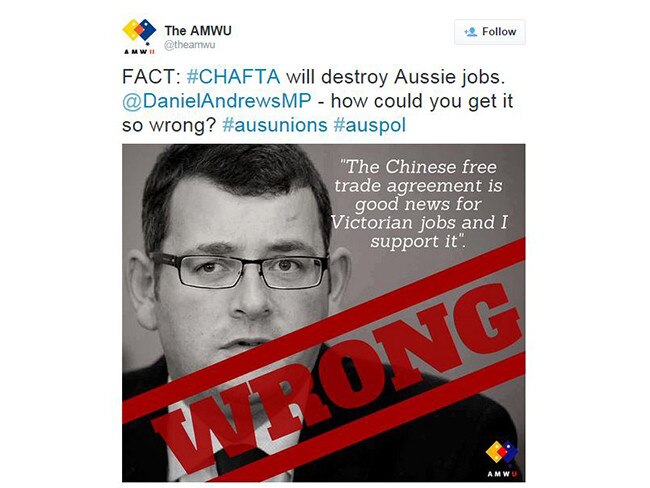
15. The biggest union beef is that ChAFTA allows Chinese companies to bring in their own workforce for projects over $150 million and removes the requirement that jobs be offered to local workers first.
“The investor can also bring in lower-skilled workers, with lower-level language skills and lower wages than are allowed under the standard visa program,” the unions say.
On the face of it, it’s a compelling complaint. How can the government be talking about extra jobs when the Chinese can bring in their own labour force in big investment projects here?
16. Well, surprise, surprise, it’s not quite that simple.
“In a legal sense the unions are correct, but the ChAFTA doesn’t automatically open that up,” explains Dr Jeffrey Wilson. “Chinese companies have to negotiate a special deal with the government [to import their own labour forces] and the government of the day doesn’t have to say yes. All it does is set up a system where the government has to review the case.”
17. But Labor polling suggests the “they’ll take our jobs” line is working well, especially in the WA electorate of Canning where this weekend, the much anticipated by-election will take place. The suburb of Armadale (and surrounding areas) has an unemployment rate of more than 15 per cent. For this reason, some in the union movement have declared the by-election to be a “referendum on ChAFTA”.
18. But there is no wave of Chinese immigrant workers set to swamp Australia. In theory there might be, but it’s actually quite unlikely. As Dr Wilson explains, the last thing Chinese companies are worried about is Australian labour costs when they build a new grain port or hotel or mine in Australia. That’s because labour costs are a fraction of the capital costs of big equipment and the like.
In fact, China is more worried about all the regulations we have in this little democracy of ours. For example, any potential investment project must go before the Foreign Investment Review Board. The Chinese aren’t used to this sort of scrutiny back home.
Tony Abbott twisted this into a narrative about the Chinese being fearful of investing here due to our excessive union-inflated labour costs.
This was, at best, only true in theory.
Then the unions tweaked the story to make it about a threat to jobs. This, also is, at best, only true in theory.
19. So basically, the whole ChAFTA debate has become your classic case of spin versus spin. Sigh. The modern world, eh?
20. And here’s the irony. The ChAFTA document is written up. It can no longer be changed. Some minor amendments can be made at the edges in documents called “side letters”. But that’s about it.
All that remains is for the ChAFTA to be ratified so that Australia’s Asian future can be realised. Yes, that same future first brought into the popular imagination by a Labor Prime Minister — Paul Keating.

